中秋时节除了吃月饼,这些好吃的也不要错过呀!
中国日报网 2021-09-21 09:00

中秋佳节,大家阖家欢聚的时候,餐桌上肯定少不了代表团圆的月饼。
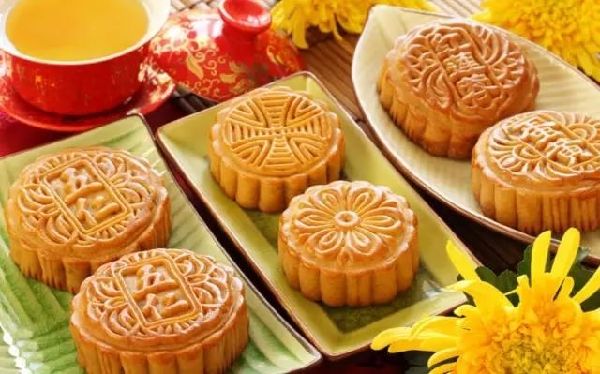
中秋节吃月饼的传统在中国有着悠久的历史,但关于它的起源有着不同的说法。
The tradition of eating mooncakes on this festival has a long history in China, yet there are different versions of statements about its origin.
最常见的版本是,在唐朝唐太宗的统治时期,太宗派出他最能干的将军李靖迎战中国北边的突厥部落以压制他们频繁的入侵。而8月的第15天正好是将军凯旋归来的日子。为了庆祝他的胜利,长安城(唐朝的首都)放起了烟花和音乐。长安城的市民和士兵一起享受了一个狂欢的夜晚。那时,一个从吐蕃王国(西藏的古称谓)来的商人呈给太宗一种圆形的蛋糕以庆祝他的胜利。
The most common version is that during the reign of Emperor Taizong of the Tang Dynasty, Taizong ordered his ablest general Li Jing to go for a battle against the Turkic clan in north ancient China to suppress their frequent invasions. The 15th day of the 8th month was exactly the day for the general's triumphant return. In order to celebrate his victory, fireworks were set off and music was played in and out of Chang'an City (the capital of the Tang Dynasty), and citizens were happily enjoying a riotous night together with warriors. At that time, a business man, coming from the Tubo Kingdom (the ancient name for Tibet), presented Taizong with a kind of round cakes to celebrate Tang's victory.
太宗愉悦地收下了那个精美装饰的盒子,拿出了里面多色的圆蛋糕并分发给了他的官员和将军。从那时起,就形成了在中秋节吃圆形的月饼的传统。
Taizong gladly received the magnificently-decorated boxes and took the multi-colored round cakes out of the boxes and handed them out to his officials and generals. From then on, the tradition of eating round mooncakes on the Mid-Autumn Festival was formed.
除了吃月饼以外,秋天正当季的一些美食也要在我们的餐桌上有一席之地。
螃 蟹
Crab
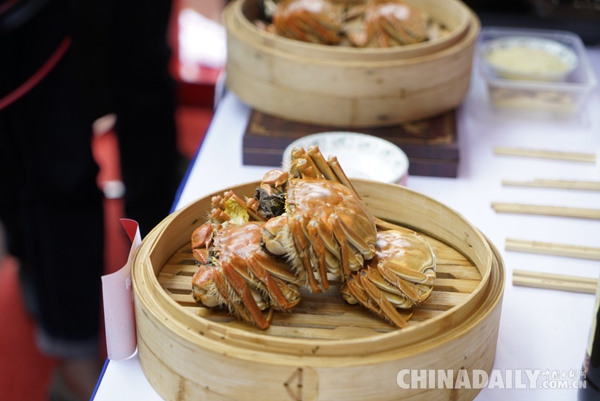
每逢中秋节,富含蛋白质和氨基酸的大闸蟹大概是最受中国人欢迎的美食之一。中秋时节也是蟹子准备产卵的季节,这就意味着这时的蟹子最鲜美。一盘清蒸大闸蟹,配上生姜和香醋,往往成就中秋团圆宴上的点睛之笔。
During Mid-Autumn Festival, hairy crab -- rich in protein and amino acids -- is probably one of most sought-after delicacy among Chinese people. Crabs are ready to lay their eggs around the time of the festival, meaning they are at their tastiest right then. A plate of steamed hairy crabs dressed with ginger and vinegar always forms the highlight of the Mid-Autumn Festival reunion dinner.
桂花酒
Osmanthus-flavored wine
中秋吃桂花糕、品桂花酒,自古有之。正因中秋时节桂花盛放,它们成了中秋时人们宠爱的佳肴。闻着阵阵甜香,品尝桂花糕、桂花酒,也象征这合家团圆、幸福美满。
It's tradition in China to enjoy osmanthus-flavored cake and wine during Mid-Autumn Festival. They may be preferred because Mid-Autumn Festival is when the osmanthus flowers are in full bloom. Enjoying the sweet-scented osmanthus cake and wine also stands for family reunion and a happy life.
南 瓜
Pumpkin
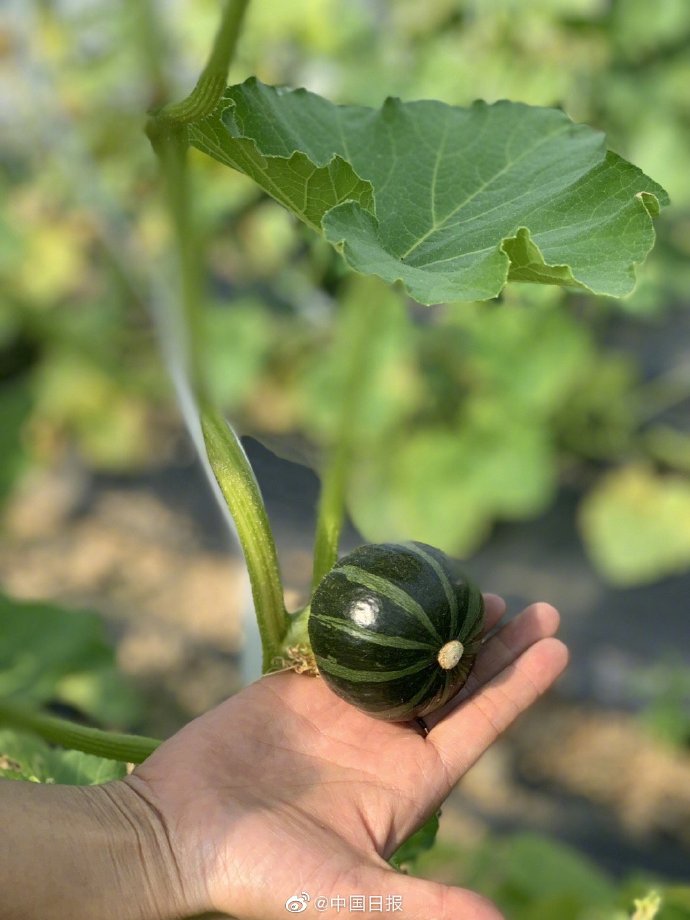
中秋节吃南瓜的传统起源于江南穷苦人家吃南瓜的习俗。传说很久以前,有一名叫黄花的女孩,出生在一户穷苦人家,与年老多病、生活无法自理的父母同住。有一年八月十五,黄花带回家两只南瓜,煮给父母吃,两位老人吃了之后病体痊愈。从此,这个中秋吃南瓜的传统便代代相传,保佑人们健康平安。
The tradition of eating pumpkin during Mid-Autumn Festival started with poor people living south of the Yangtze River. Legend has it that a long time ago, a girl named Huang Hua who came from a poor family, lived with her gravely ill parents who were unable to feed and clothe themselves. On August 15 on the lunar calendar of one year, she took home two pumpkins and prepared them for her parents, whose health was fully restored after eating the pumpkin. The tradition has been handed down for generations and eating pumpkin on Mid-Autumn Festival night is believed to bring people good health.
芋 头
Taro
中秋食芋艿的传统可上溯至清朝。在江苏和浙江省,“芋艿”这个词的发音与“运来”相同。人们就相信中秋食芋艿能让这一整年能辟邪消灾,好运连连,财运亨通。
The tradition of eating Taro during Mid-Autumn Festival first started during the Qing Dynasty (1636-1912). In Jiangsu and Zhejiang provinces, the word "taro" has the same pronunciation as "luck is inside." Eating them during the festival is believed to dispel any bad luck and bring good luck and wealth throughout the year.
田 螺
River Snails
中秋食田螺是广州地区的独特习俗。田螺未烹饪时色相不佳,味道难闻,但是经过烹饪,与多种草药、香料炒制,田螺腐烂的气味消失,成为广州人民中秋餐桌上一道不可或缺的佳肴。中秋时节是食田螺最佳时节,而且民间认为食田螺可明目。
River Snails are the Mid-Autumn Festival specialty of Guangzhou City. They might look unappetizing and smell unpleasant when raw, but after being cooked with several herbs and spices to drive out the putrid odor, the delicacy is an indispensable food on the Mid-Autumn Festival dinner table for the people in Guangzhou. The festival is the best season to eat snails and eating them is believed to help brighten the eyesight.
梨
Pear
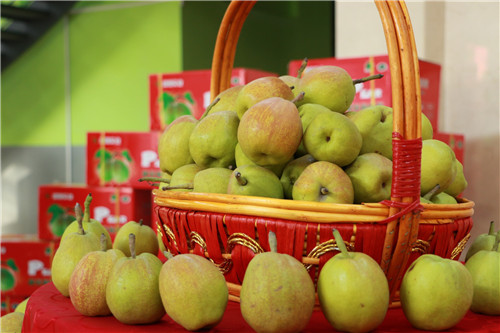
在普通话中,“梨”的发音与“离”相同。正因如此,中秋佳节吃梨代表着人们不愿分离、渴望团聚的愿望。
In Mandarin, "pear" is homophonous with "separate," both pronounced as "li." For this reason, eating a pear during Mid-Autumn Festival symbolizes the people's wish to avoid separation and implies their desire for reunion.
鸭
Duck
中秋时节鸭肥味美,使得鸭子在餐桌上非常受欢迎。节日期间,福建人有将鸭子和当地盛产的槟榔芋一起烧制的传统。在江苏,“桂花鸭”于桂花飘香之时出现在节日晚宴的餐桌。在四川,烟熏鸭子则是一道受欢迎的主菜。
Eating duck is popular during Mid-Autumn Festival because the taste of the duck is very rich during this season. During the festival, people in Fujian Province have the tradition to cook the duck with a type of taro widely found across the area. The duck is seasoned with osmanthus flowers for the festival dinner table in Jiangsu Province, since osmanthus flowers are in full bloom during the season. In Sichuan Province, people enjoy smoked and baked duck as a popular main course.
这些国家也庆祝中秋节
除了中国之外,亚洲其他一些国家也有类似的节日欢庆秋季收获时节。
越南
Vietnam
在越南,农历八月十五的中秋节(越南语:Têt-Trung-Thu)是广受欢迎的家庭节日。
In Vietnam, Têt-Trung-Thu (tet-troong-thoo) or the Mid-Autumn Festival is one of the most popular family holidays.
这一天,孩子们是当之无愧的主角。据说在过去,越南家长因为秋收农忙,能陪伴孩子的时间很少,只得在中秋节做出些补偿。中秋庆祝活动都以孩子为中心,以弥补大人们缺失的关爱。
Vietnamese families plan their activities around their children on this special day. In a Vietnamese folklore, parents were working so hard to prepare for the harvest that they left the children playing by themselves. To make up for lost time, parents would use the Mid-Autumn festival as an opportunity to show their love and appreciation for their children.
因此,中秋节在越南也被称作“儿童节”。美国的许多美籍越南人社区仍旧遵循着传统,在这一天举行各式各样与儿童和教育有关的活动。家长买来象征光明的花灯,让孩子们在黎明点亮,以祈愿学业顺利。越南市集上,各式花灯千姿百态,其中星型花灯最受孩子们欢迎。孩子们参加各式各样的文体活动,画面具,做花灯,为大人们表演越南传统舞蹈,参加竞赛,赢取礼物和奖学金。在中秋节,舞狮人也极受欢迎。
Appropriately, the Mid-Autumn Festival is also called the Children’s Festival. In the United States, this tradition continues in many Vietnamese-American communities. Trung-Thu activities are often centered around children and education. Parents buy lanterns for their children so that they can participate in a candlelit lantern procession at dawn. Lanterns represent brightness while the procession symbolizes success in school. Vietnamese markets sell a variety of lanterns, but the most popular children’s lantern is the star lantern. Other children’s activities include arts and crafts in which children make face masks and lanterns. Children also perform traditional Vietnamese dances for adults and participate in contests for prizes and scholarships. Unicorn dancers are also very popular in Trung-Thu festivities.
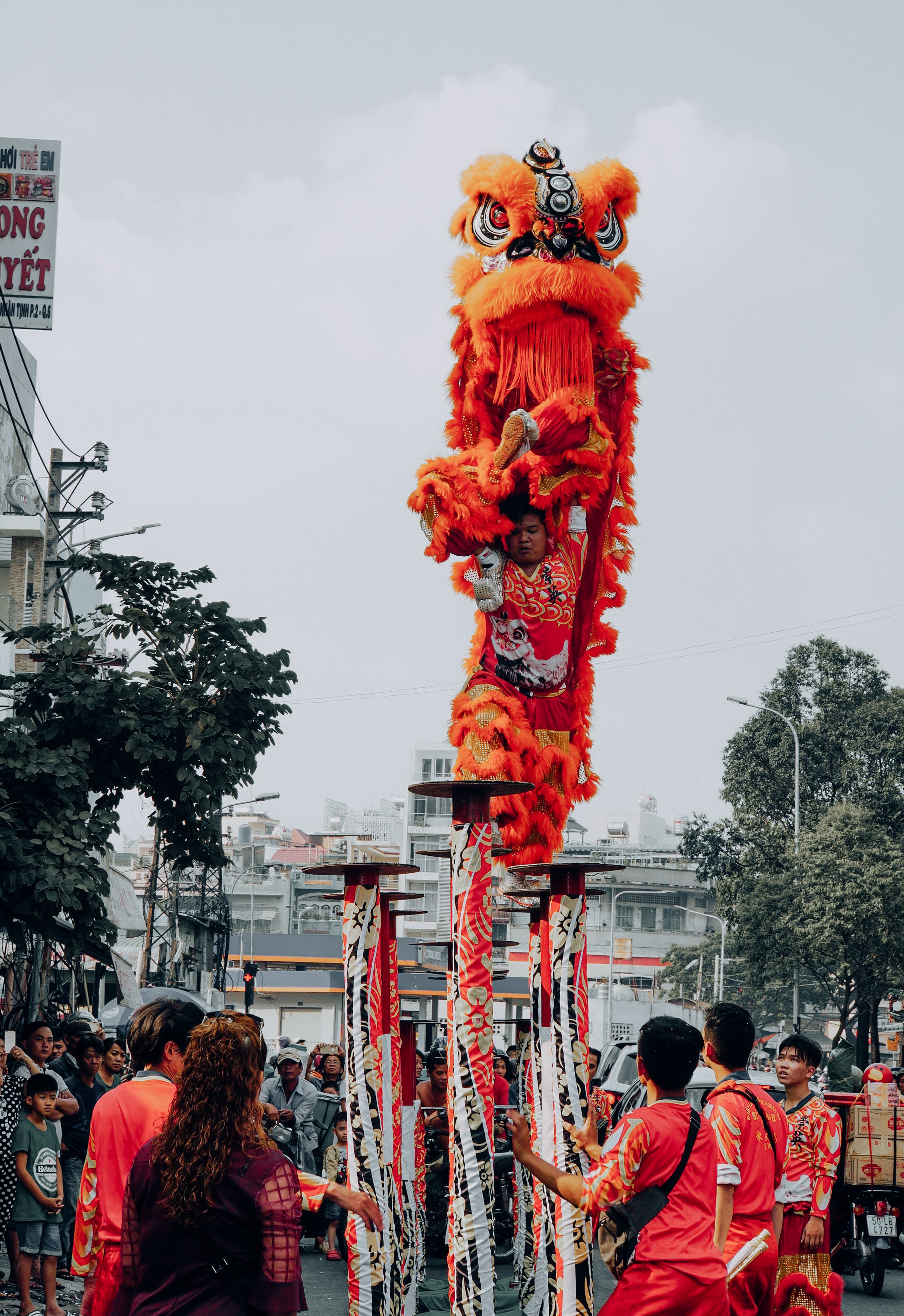
像中国人一样,越南家长在中秋月圆之时,也会准备好月饼与各色点心,边欣赏皎洁的月色,边给孩子们讲故事。越南有个家喻户晓的传说,说的是一条想要变成龙的鲤鱼,通过自己不懈的努力,最终得偿所愿。这也是越南神话意象“鱼化龙”(Cá hóa Rông)的由来。家长们用这个故事激励孩子们刻苦学习,像鲤鱼“跃龙门”一样,成为自己想要成为的人。
Like the Chinese, Vietnamese parents tell their children fairy tales and serve mooncakes and other special treats under the silvery moon. A favorite folklore is about a carp that wanted to become a dragon. The carp worked and worked and eventually transformed itself into a dragon. This is the story behind the mythical symbol, Cá hóa Rông. Parents use this story to encourage their children to work hard so that they can become whatever they want to be.
在越南的神话中,也有一个类似于“嫦娥奔月”的故事。传说阿贵的丈夫寻到了一棵仙树,有着奇特的治愈力量。贵为仙树,人们不能在树下小便,不然会受到惩罚,然而阿贵却忘了这件事。一日,她在树下小解完,坐在树枝上歇息,却不料神树突然开始拔高,一直长到了月亮上。她只好永世在月亮上生活,作为她以污水濯树的惩罚。
There’s also a story about how the Moon Lady ascended to the moon. A man named Chu Coi found a lucky tree that had special healing powers. Because this tree was sacred, people were forbidden to urinate at the foot of this tree. Unfortunately, Chu Coi’s wife, Chi Hang forgot the rule and urinated on the tree. On day, while she was sitting on the tree’s branch, the tree started to grow and grow. Eventually, it reached the moon, Since then, Chi Hang lived on the moon for the rest of her life as a punishment for desecrating the sacred tree.
韩 国
South Korea
韩国农历的八月十五被称为“秋夕”,是韩国的感恩节,亦是中国的中秋节,被韩国人视作八月中旬重要的日子。秋夕是韩国一年中最重要的节日之一。临近丰收,韩国家庭会在这一天祭奠先人,感谢他们赐予粮食和水果。2014年的秋夕节在9月8日,庆典在秋夕前夜就开始举行,一直到秋夕结束后的第二天才落下帷幕。因为有三天假期,韩国家庭利用这个机会走亲访友,同亲友团聚。
Chusok, also known as the Korean Thanksgiving or Mid-Autumn Festival, is one of the most celebrated Korean holidays. Held on the 15th day of the 8th lunar month, Chusok is often called a great day in the middle of August. It occurs during the harvest season. Thus, Korean families take this time to thank their ancestors for providing them with rice and fruits. Chusok will be held on September 8, 2014. The celebration starts on the night before Chusok and ends on the day after the holiday. Thus, many Korean families take three days off from work to get together with family and friends.
在秋夕,家人们聚在一起,享用一种叫“松饼”的米糕。这种特殊的糕点由大米,黄豆,芝麻和栗子做成。除了祭拜祖先外,韩国家庭还有“省墓”的习俗,祭奠祖坟,为先人奉上米饭和水果。在晚上,孩子们穿着韩服,在明亮的月光下,围着大圈跳舞,唱歌,玩游戏。像美国感恩节一样,秋夕是家人们团圆感恩的日子。
The celebration starts with a family get-together at which rice cakes called "Songphyun" are served. These special rice cakes are made of rice, beans, sesame seeds, and chestnuts. Then the family pays respect to ancestors by visiting their tombs and offering them rice and fruits. In the evening, children wear their favorite hanbok (traditional Korean clothing) and dance under the bright moon in a large circle. They play games and sing songs. Like the American Thanksgiving, Chusok is the time to celebrate the family and give thanks for their blessings.
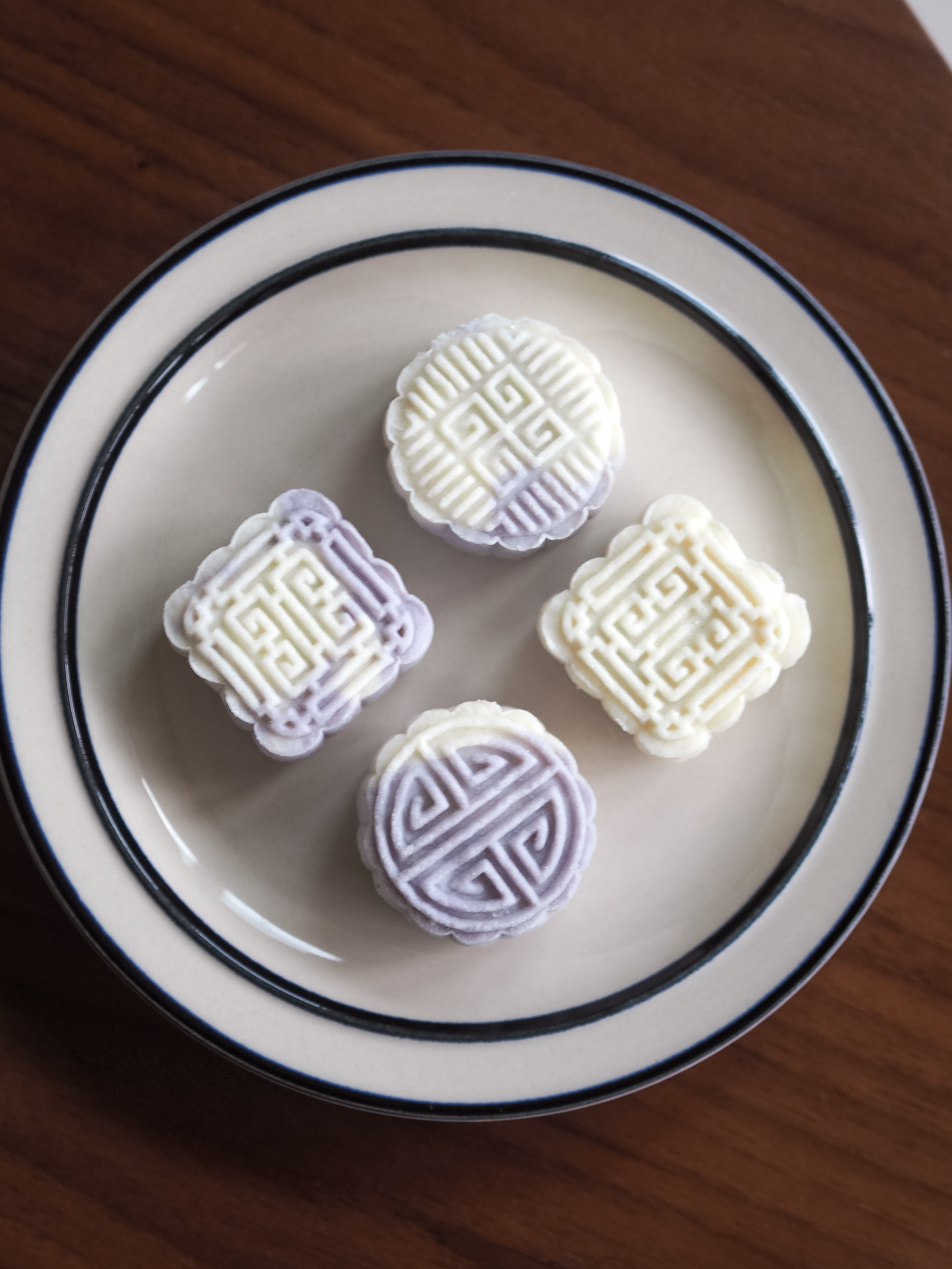
日 本
Japan
日本传统中秋节在日本农历八月十五(一般是阳历九月份),在日语里被称为“月見”(即赏月之意)。
The Mid-Autumn Festival is named Tsukimi (月見) or Otsukimi (literally means moon-viewing) in Japan. Celebrations of the festival take place on the 15th day of the eight month of the traditional Japanese Lunisor calendar (usually takes place in September of the solar calendar).
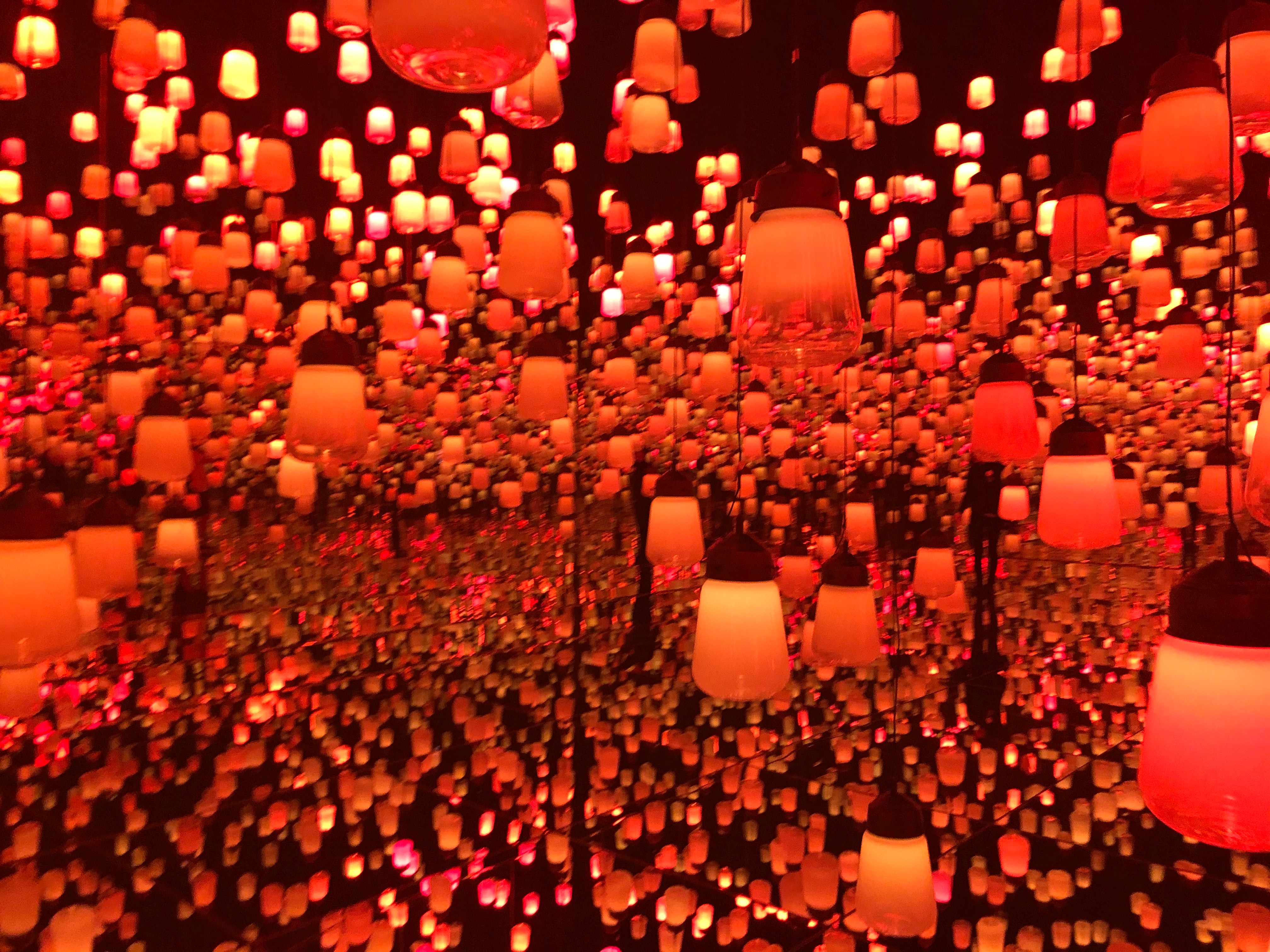
日本的赏月习俗源自中国。1000多年前传到日本后,当地开始出现边赏月边举行宴会的风俗。
The Tsukimi custom or moon-viewing custom originated from the Chinese Mid-Autumn Festival. Custom of viewing the moon and holding festival parties appeared over 1000 years ago when tradition of the Chinese Mid-Autumn Festival was introduced to Japan.
与中国不同,日本人过中秋并不吃月饼,而是吃一种叫“月见团子”的米糕。赏月活动如今在日本相当盛行。在中秋满月后的几夜,有些人仍会欣赏月景,举办宴会。
Unlike the Chinese, who eat mooncakes to celebrate the festival, the Japanese usually eat eating rice dumplings called Tsukimi dango. The tradition is now so popular in Japan that some people repeat the activities for several evenings following the appearance of the full moon during the eighth lunisolar month.









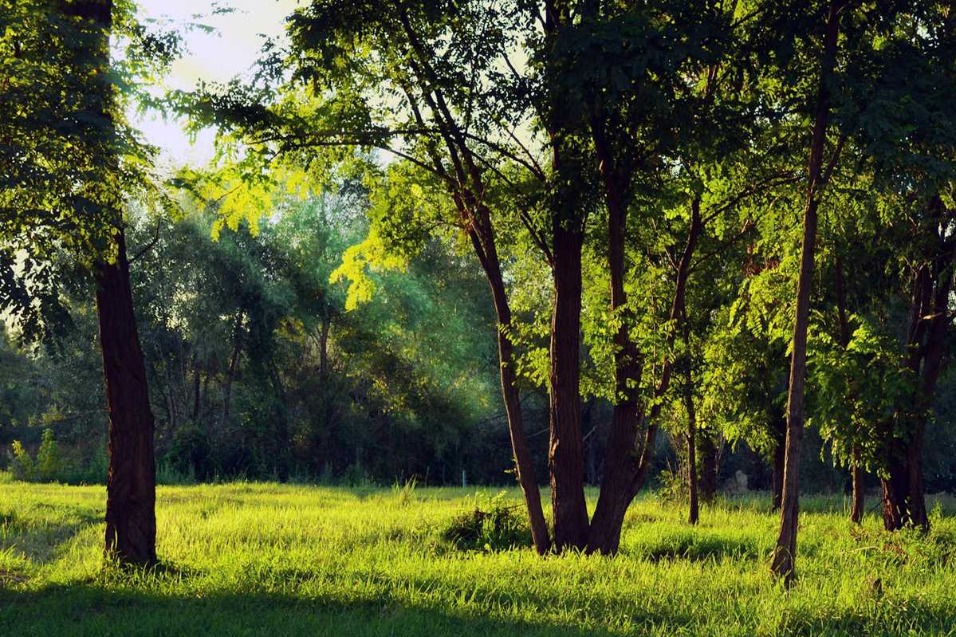







 英语点津微信
英语点津微信 双语小程序
双语小程序